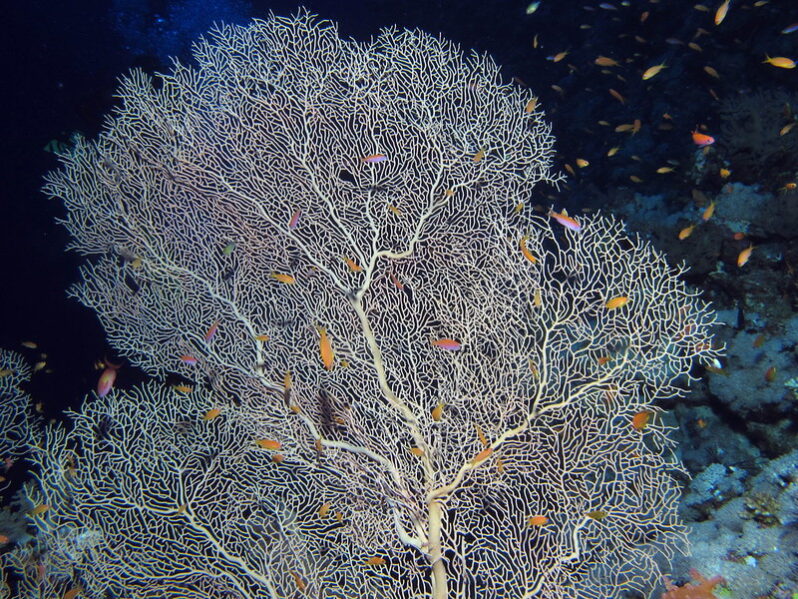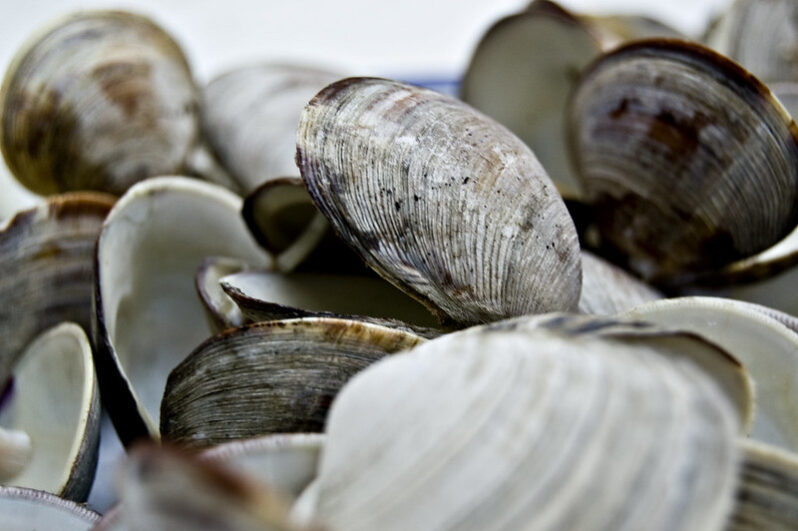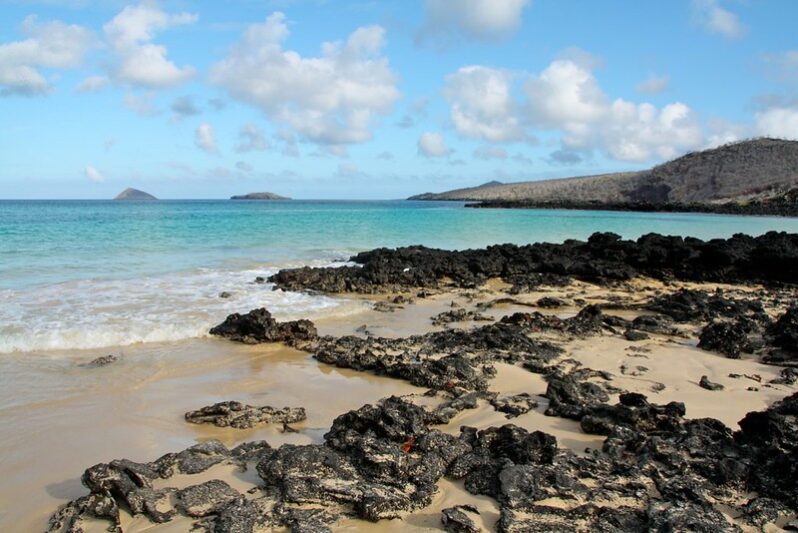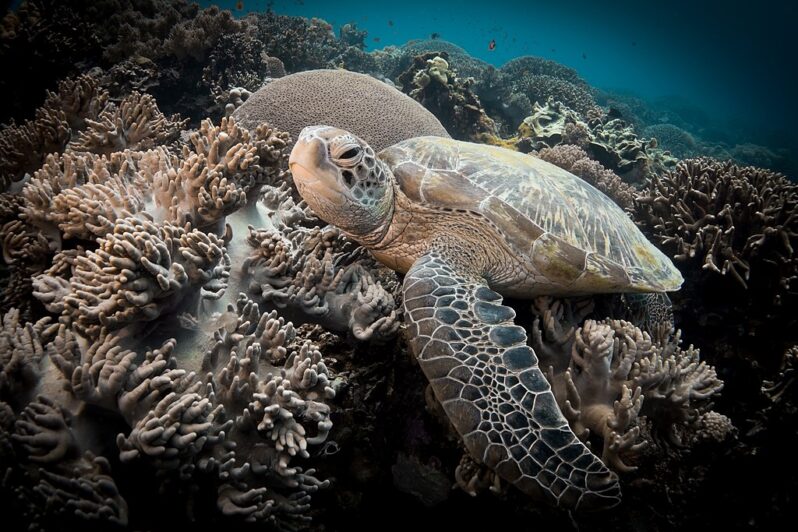Surprising Creatures Lurk in the Great Pacific Garbage Patch – Scientific American

Scientists have long known that critters such as worms, crustaceans and mollusks could make their home on plastic debris. Animals have even crossed the Pacific Ocean on these makeshift rafts after a devastating tsunami struck Japan in 2011. But new research published on April 17 in the journal Nature Ecology & Evolution adds two details that could be concerning for existing ecosystems. First, it finds that plastic is providing a home for coastal species to thrive in the open ocean thousands of miles from shore. Second, some of these species are reproducing despite the alien environment…
The Red Sea Could be a Climate Refuge for Coral Reefs – Inside Climate News

When Lina Challita dives along Egypt’s coast, she doesn’t just see a colorful array of corals and fish. She sees hope. Against the grim backdrop of climate models that project most coral reefs dying by the end of this century in overheating oceans, the northern end of the Red Sea may end up being one of the last places on Earth where those critical ocean ecosystems can survive, at least at least for a while, and perhaps longer if countries of the world manage to cap global warming and stabilize the climate…
The Edge of Extinction: Can sea otters survive the human threat? – Kim Steinhardt

I was hooked the first time I saw a southern sea otter bobbing in the surf off the coast of California’s Big Sur. I didn’t know then that I would be as spellbound by these rare creatures decades later as I was at that very first sighting. And little did I know that I was witnessing the latest act in a continuing saga of survival against all odds and an all too real human threat…
Clamshells Face the Acid Test – Hakai Magazine

As acidification threatens shellfish along North America’s Pacific Coast, Indigenous sea gardens offer solutions.
It’s low tide in Bodega Bay, north of San Francisco, California, and Hannah Hensel is squishing through thick mud, on the hunt for clams. The hinged mollusks are everywhere, burrowed into the sediment, filtering seawater to feed on plankton. But Hensel isn’t looking for living bivalves—she’s searching the mudflat for the shells of dead clams…
In Alaska, a Mystery Over Disappearing Whales – Undark

In the 1980s, Kotzebue Sound’s beluga population began to dwindle…Although some stocks are healthy, beluga numbers have fallen off in around a half-dozen regions over the last 50 years…Now, even after hunting has ceased in some places, stresses such as climate change, increased ship traffic, and chemical pollutants are a gathering storm that threatens to finish the job…
New Research Shows People, Wildlife, and Marine Environment Benefit When Island-Ocean Connections are Restored – SCRIPPS

“By applying this knowledge to islands worldwide, we can understand the marine benefits of island restoration projects and maximize returns for our conservation management investments for people, wildlife, and the planet,” said Stuart A. Sandin, PhD, lead co-author of the perspective and a marine ecologist at Scripps Institution of Oceanography at the University of California San Diego…
The Red Sea’s Coral Reefs Defy the Climate-Change Odds – New York Times

…(T)he wildly colorful coral reefs in the waters outside the Egyptian Red Sea resort of Sharm el Sheikh, where the annual United Nations climate conference is taking place, are an anomaly: They can tolerate the heat, and perhaps even thrive in it, making them some of the only reefs in the world that have a chance of surviving climate change…
Cop27: coral conservation groups alarmed over ‘catastrophic losses’ – the Guardian

You don’t have to travel far from the sprawling convention center that’s staging the UN climate talks in Sharm el-Sheikh, Egypt, to see what’s at stake. This coastal resort town is fringed by an ecosystem seemingly facing worldwide cataclysm from global heating – coral reefs….
Sea Turtle Sanctuary Has Survived 40 Years. Climate Change May Kill It – New York Times

“When the turtles saw people, it was like they saw a ghost,” said Mario Pascobello, a resident of Apo Island in the Philippines…Now, the endangered green turtles…peacefully graze in the shallows off Apo’s coast…But if the turtles are no longer menaced by the fishermen here, they do face another man-made threat: climate change.
